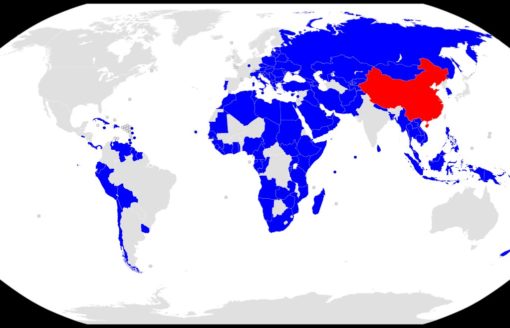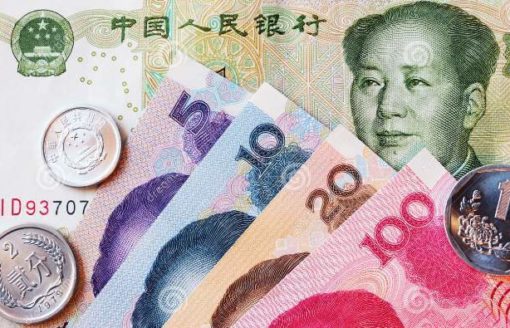There has been surprising advancement in global use of the renminbi (RMB), and this trend is expected to persist, according to the Central Bank Report released in Beijing.
China has been taking steps to orderly realize the convertibility of RMB on capital account. Also the growth in cross-border transactions using RMB and the expanded global participation of RMB have given the Chinese currency a lift for becoming an international currency.
Trade using RMB represented 1.94% of all transactions settled through the Society for Worldwide Interbank Financial Telecommunication (SWIFT) system in August, with RMB being the fifth most-traded currency at this stage.
China has been promoting the use of RMB around the world, as it hopes to bring down the costs for international trade, which are settled mostly in U.S. dollar.
Joining the IMF Special Drawing Rights basket in October 2016 served as a turning point for RMB internationalization. RMB has become the fifth currency in the basket, alongside the U.S. dollar, euro, yen and British Pound. Introduced by the IMF in 1969, the Special Drawing Rights are an international reserve asset to supplement the official reserves of its member countries. The rights may be exchanged among governments for usable currency in times of need.
Following the launch of the Shanghai-Hong Kong exchange link in 2014, the Shenzhen-Hong Kong Stock Connect began trading in December 2016, further internationalizing the capital markets.





China’s Investments and Partnerships Beyond One Road, One Belt Initiative